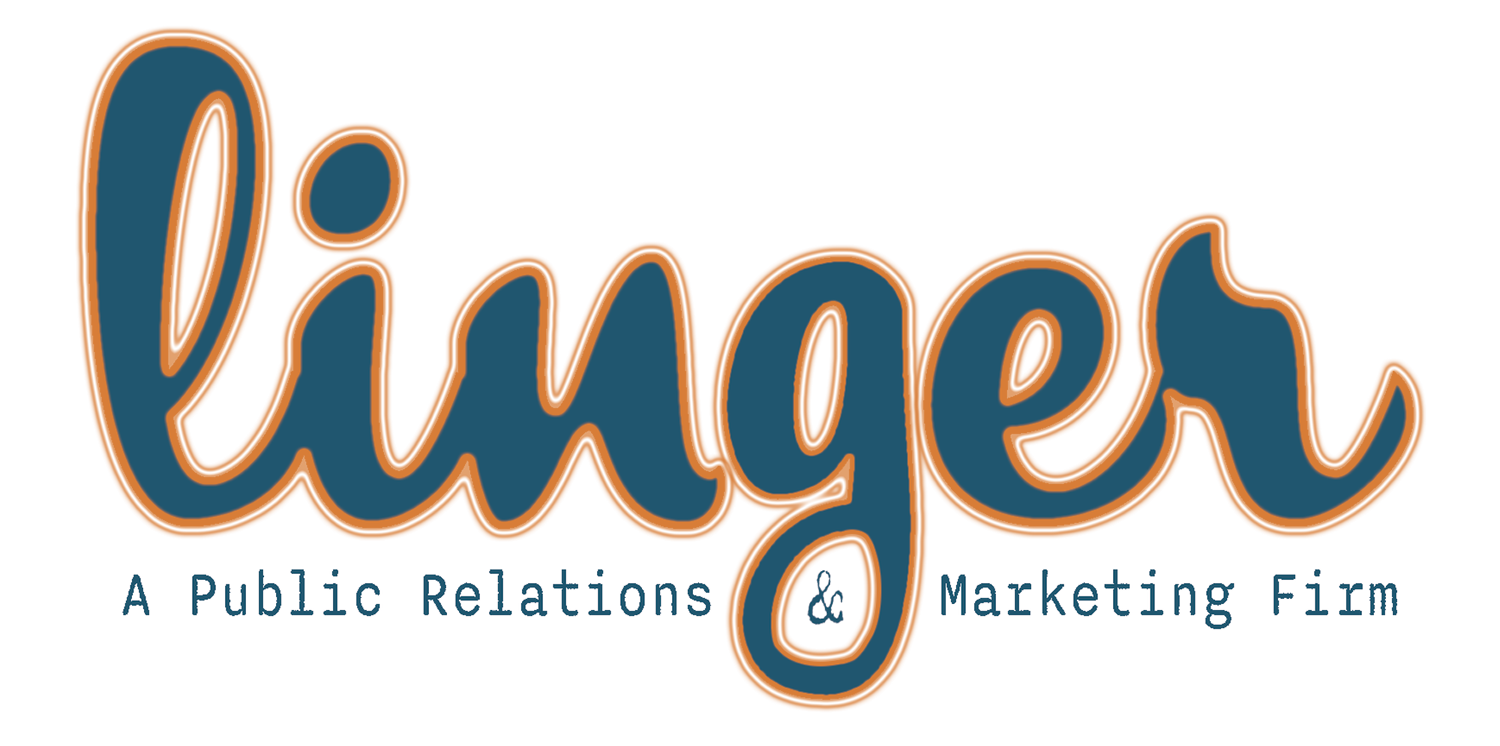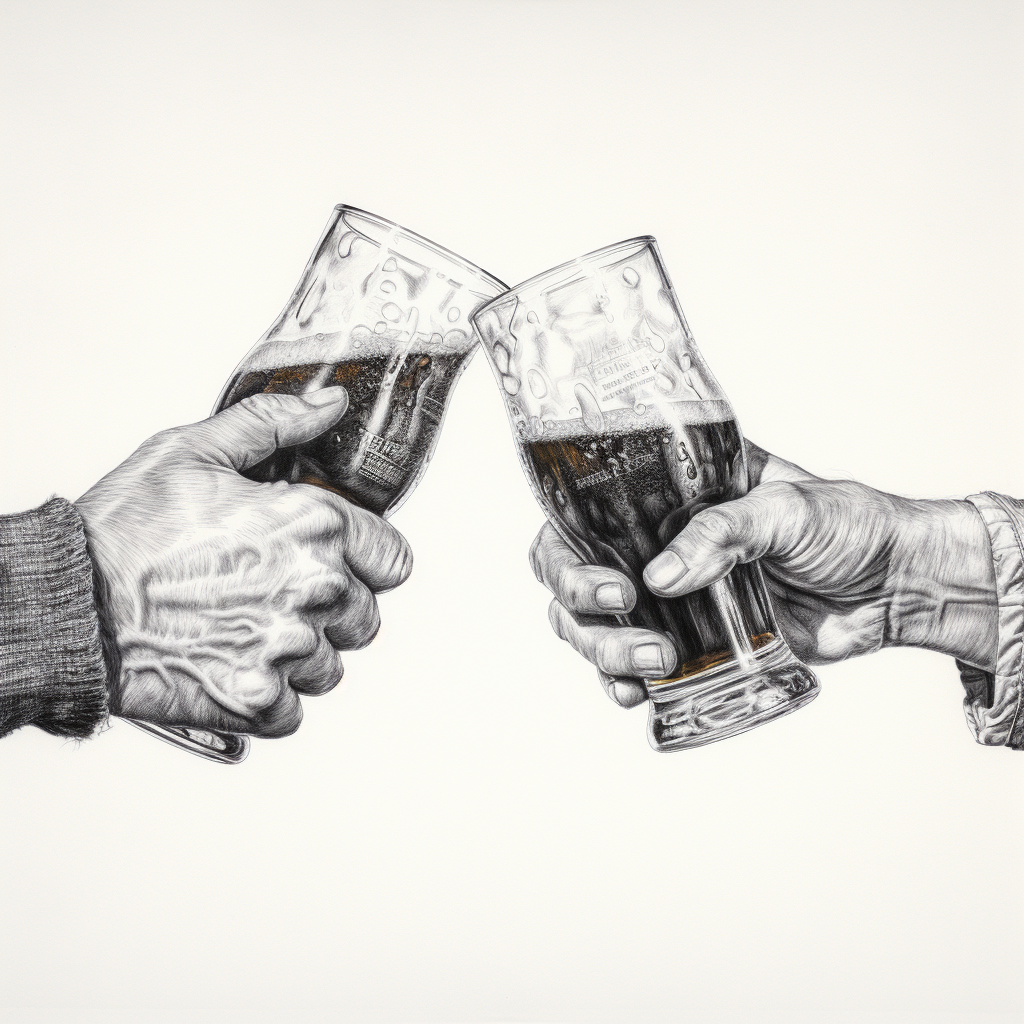AI Art: Should You Use it for Your Branding?
When discussing the impact of artificial intelligence on art, it’s crucial to consider the dialogue surrounding AI art prompt crafting or prompt engineering. Several popular AI programs allow prompt writers to include variables that make it possible to produce pieces in the style of famous artists using their work as a reference point. The result is significant backlash within the art community. Artists are sensing the loss of potential future income as musicians did at the outset of Napster and Limewire, and it isn’t unfair for them to feel this way. The primary concern is that these programs will decrease paid work for human creators. Will they? Yes.
Technology is still in the early stages of producing high-quality work through these means.
As seen frequently across AI art forums and social media platforms, the ability to make stunning images using detailed prompts is increasing in ease of use daily. At its best, AI art can provide the storyteller with a new tool. It removes the human element (artists) and allows the prompter to refine creations until they achieve the desired result.
As a content specialist for a public relations and marketing agency, I will use this technology to generate art for internal works and client projects. It reduces costs in-house, and client marketing expenses, and allows freedom to create a wide variety of content without concerns for licensing. While Linger considers ourselves pro-AI/technology, it is important to stress that we are also pro-artist. We will always encourage businesses to connect and work with local creators whenever it suits their needs.
From my own experience, AI art is an addictive playground where you’ll constantly discover new toys to dabble with. Your prompts are limited only by time and vocabulary. I want to share some essential tips for writing prompts, so you can use these tools to your advantage to create art for your small business or just have some fun producing images of the wildest thoughts bouncing around your mind. This breakdown is simplistic and will be expanded upon more in future posts, so stay tuned!
I’ll break the process of writing AI art prompts down into sections you can think of as a template to achieve your desired results. AI composition draws upon a variety of attributes.
Content format
Let's start with a subject. Perhaps you own a donut business and want to create some trendy new wall art. You have a special donut covered in sliced, candied oranges you want to feature for a specific piece. The more descriptive words and adjectives you can use to describe the image, the more likely you will get a desirable result. For now, we will keep it simple.
Subject
You have a special donut covered in sliced, candied oranges you want to feature for a specific piece. Let's submit our first prompt, a poster featuring a donut covered in candied orange slices.
Art Style
As you can see, there are endless possibilities at a basic level.
According to Magna Canvas, the top ten art styles are pop art, contemporary, surrealism, modern, nouveau, cubism, impressionism, abstract, art deco and spiritual. Consider including a historical period depending on the era of art you desire.
Some examples from the 1960s through today (what is known as the contemporary period of art) are post-modern, pop art, op art, conceptual, and minimalism. Let's say you're a big fan of pop art. For our next prompt, then, we input a poster featuring a donut covered in candied orange slices in pop art style.
Things don’t always turn out as you’d imagine. It could take dozens of renders before you generate something eye-catching. Maybe we decide we’d instead include a creation in the style of Art Deco.
Composition
To complete our final section of the prompt, let's consider composition. This could pertain to a few aspects of the piece, including size, quality, or point of view. An example of an aspect ratio you might use for a poster image is portrait (3:4). Other accepted ratios are square (1:1), mobile vertical (9:16), widescreen (16:9) and landscape (4:3).
When considering quality, include descriptions such as highly detailed, depth of field, 4K, 8K UHD and studio quality. Even gaming engines such as Unreal Engine can be mimicked. Adding in options for aspect ratio and quality, our new prompt will be a poster featuring a donut covered in candied orange slices in art deco style, quality highly detailed.
You may notice that any text generated is gibberish. According to Giannis Daras in a recent VICE article, “We discover that this produced text is not random, but rather reveals a hidden vocabulary that the model seems to have developed internally.” In other words, it is quite possibly a language we cannot comprehend completely. When it comes to our human ability, if proper text is desired on the artwork, it will be necessary to use other software to accomplish it.
Drop back in for future updates about AI art and ideas for how to improve your prompts.
AI is a rapidly evolving technology due to the recent surge in interest and it will only continue to advance in ease of use and quality of content. Linger stays on the cutting edge of developments in digital marketing strategy, and AI is proving itself a new contender. When you’re ready to begin working with Linger, follow these steps:
3. Protect your business using crisis management strategies.
Source: Dall E 2,
https://medium.com/mlearning-ai/the-anatomy-of-an-ai-art-prompt-dcf7d124406d
https://magnacanvas.com/blogs/news/10-popular-styles-of-art






